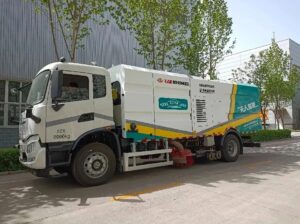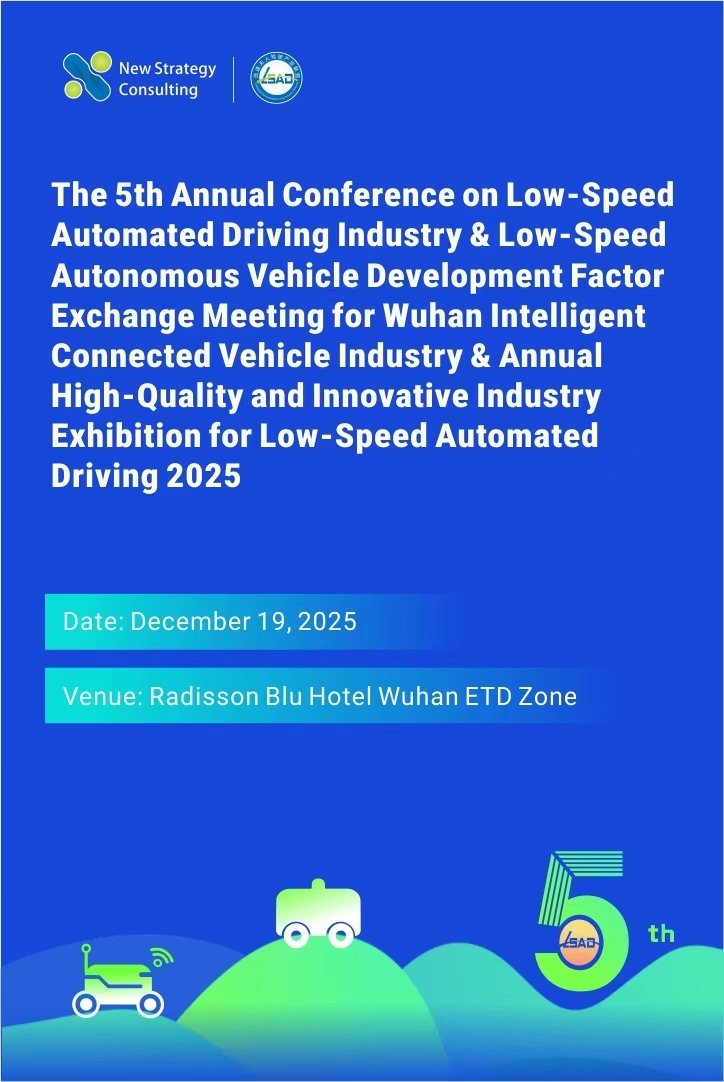Recently, Yonhap News reported that the South Korean government announced that autonomous freight trucks can now be tested on all highways nationwide. The Ministry of Land, Infrastructure and Transport (MOLIT) stated that the designated pilot zones for autonomous freight trucks have been expanded from 4 highway sections (totaling 332 kilometers) to all 44 highways, covering 5,224 kilometers. In 2019, Hyundai Motor successfully conducted a platoon driving test for trucks, demonstrating vehicle platooning, emergency braking, and vehicle-to-vehicle (V2V) communication technologies. The startup Mars Auto completed a fully autonomous driving test from Seoul to Busan and is collaborating with Logisquare to advance logistics pilot projects. **Autonomous driving is a global technological battleground. By 2025, competition among nations will intensify, with varying approaches in technology roadmaps, policy support, market penetration, and industrial ecosystems.** South Korea’s autonomous driving strategy focuses on five key areas: regulatory frameworks, vehicle testing and deployment, liability allocation, data privacy and security, and 5G/communication infrastructure. The country also leads in autonomous driving chips and simulation testing. **With the expansion of autonomous freight trucks on highways, MOLIT will establish a cross-departmental rapid response framework to address potential accidents.

The South Korean government views autonomous driving and robotics as critical to enhancing national competitiveness and societal efficiency. Since 2016, South Korea has implemented a “Temporary Permit Program” allowing qualified autonomous vehicles to undergo public road testing. In May 2020, the *Autonomous Vehicle Act* came into effect, permitting designated pilot zones for autonomous vehicles to offer paid passenger and delivery services. In December 2020, the government released ethical guidelines for autonomous vehicles and stakeholders, cybersecurity standards, and manufacturing/safety guidelines for Level 4 (L4) autonomous vehicles. In 2022, MOLIT unveiled the *Third Automotive Policy Master Plan (2022–2026)*, aiming for L4 autonomous vehicle commercialization by 2027. Its *Mobility Innovation Roadmap* outlines a three-phase plan: L4 autonomous buses and shuttles by 2025, and L4 passenger vehicles by 2027. In December 2023, the National Police Agency announced the *Road Safety Strategy for the Fully Autonomous Era*, detailing 28 tasks across three stages.
As of 2023, South Korea has over 1,400 autonomous test vehicles and multiple testing sites nationwide. Legal frameworks, such as the 2020 *Autonomous Vehicle Insurance Act*, further support commercialization. Autonomous taxis began trial operations in Seoul in 2022, with passengers using apps to hail rides. In September 2024, Seoul’s Gangnam District launched nighttime autonomous taxi services, targeting commercial operations by mid-2025. 
Policy Support for Specific Scenarios
In 2021, MOLIT introduced the *First Autonomous Transportation and Logistics Master Plan (2021–2025)*. In November 2023, outdoor robotic delivery services were legalized through revisions to the *Intelligent Robot Development and Supply Act*. Updates to the *Road Traffic Act* classify delivery robots as pedestrians permitted on sidewalks.

By 2026, South Korea aims to commercialize robotic delivery and achieve drone delivery commercialization by 2027.The government has approved urban delivery infrastructure locations and promoted digital transformation in logistics warehouses.
Companies like Seoul City Utility have launched the “CityWheel” project using wheeled robots for urban deliveries. Nexus Robotics developed the “Robo-Rickshaw,” an electric tricycle for short-distance logistics. Since August 2024, Neubility, a startup, has deployed 10 “Neubie” delivery robots in partnership with Seongnam City.

Neubie Delivery Robot
South Korea has also advanced in drone delivery. For example, Korea Post and the Electronics and Telecommunications Research Institute (ETRI) developed drones capable of 40-minute flights and 20-kilometer deliveries.


Outdoor mobile robots, termed “service mobility robots,” are expanding beyond delivery into cleaning, patrols, disinfection, EV charging, and waste collection.










